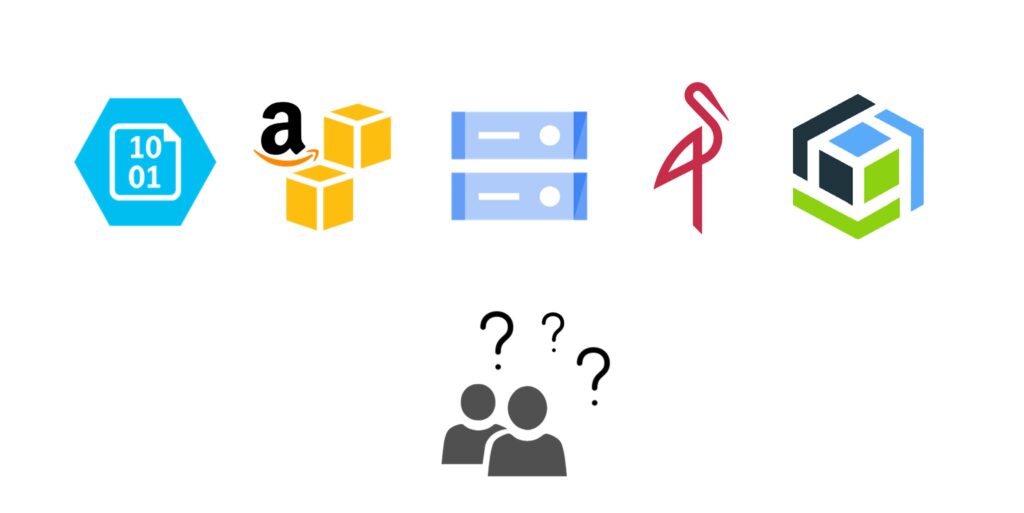As we can see, more people are using object storage nowadays, but not as many as we anticipated. Perhaps some are still considering it a ‘black box.’ Let’s walk through some key points to get a better idea of it.
What is object storage? It is a data storage architecture that manages and stores data as discrete units called objects, each containing the data, metadata, and some unique identifier.
What are examples of object storage? Probably the most well-known are Amazon S3, Azure Blob Storage, and Google Cloud Storage.
Can you have your own self-hosted object storage? Yes, if you don’t want to use popular solutions, you can opt for self-hosted solutions like MinIO.
What are the high-level advantages? Object storage offers easy scaling, durability, security, cost-effectiveness, accessibility from anywhere, simple integration, lifecycle policies for automation and versioning. It’s an ideal solution for backup, archiving, and big data analytics.
What can you automate with lifecycle policies? For example, you can define custom rules that keep data for a specified period before transitioning or deleting it. Frequently accessed data can be stored in a standard tier, while rarely accessed data can be automatically moved to a more cost-effective archival tier.
What about performance? Performance is good. During our extensive testing, we found that transfer speeds are at least the same as SFTP, and sometimes even better.
Are there tools available to work with object storage? Yes, there are plenty of tools you can use. Most major players in the market (Amazon, Microsoft, Google, etc.) offer their own tools. Additionally, there are more generic solutions like TricePorter. Just give object storage a try if you haven’t done so before. If you’re exploring the cloud, it’s the right move, whether for commercial or personal use.
